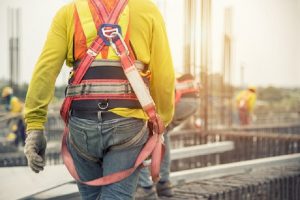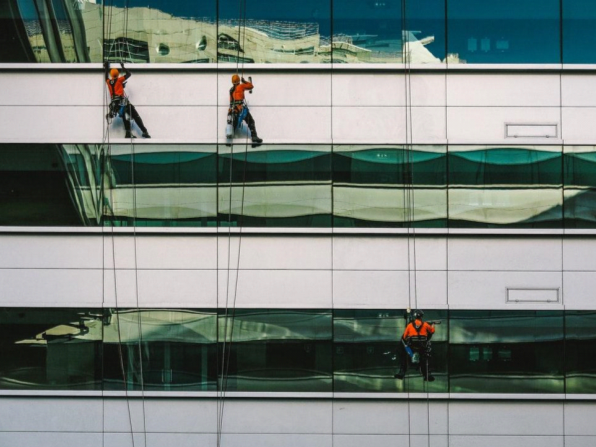
Image source: Unsplash.com
Nobody needs reminders that working at great heights can be dangerous. Construction is one area where height is a near-omnipresent danger. Lots of things can go wrong when you’re working with a lot of equipment and machinery. Keeping your employees safe is an absolutely crucial aspect of working on a construction site. To prevent them from falling and injuring themselves, you need to take some special precautions.
- Make use of railings
Passive protection is the best way to keep your workers safe when they’re working at great heights. Your workers will often tread on walkways and areas that are unprotected and pretty high up. Relying on them to protect themselves when they’re in a rush might not be feasible. Railings take that element of choice away from them. Unless they purposely decide to jump the fence, there’s no way that they are going to fall over the railing.
You can find a railing for every style of rooftop. If the roof has a low slope, you can make use of non-penetrating railing. There are prefabricated railing options that can be affixed permanently or temporarily, which makes them pretty versatile for construction sites.
There are other benefits that come with using sturdy railings. They can be used as a point of stability when the worker is carrying a load in one hand. Many of them make it very difficult to climb outside the protective area, which will provide additional protection from employee negligence.
- Select proper active protection systems
Personal fall arrest systems can be a great tool to protect from injuries on the worksite. Even when something goes catastrophically wrong, they will make sure that the worker remains unscathed. When you opt for fall arrest systems, make sure you’re getting quality safety technology. A full body harness might perform similarly in a controlled environment, but you should consider other variables. Does it have proper heat and arc protection? How comfortable is the suit for workers in any environment? These are all factors you have to take into account before making your decision.
The fall arrest system has to have all the amenities you need to protect from work accidents. If it meets ANSI standards, it should have every functionality available. Extra D-rings have to be available on the equipment. Remember to select your lanyards properly. Workers should be able to fit snuggly into their harness and adjusting them should be a breeze. Convenience of use is extremely important when you’re talking about safety measures.
- Understand fall distance
All the active fall protection equipment in the world won’t save you from a miscalculation of distance. If it doesn’t engage by the time an employee hits the ground, it’s going to be completely useless. It might seem like common sense, but a lot of employers don’t take into account the math that goes into lanyard length and fall protection.
For example, if you have an employee working six meters off the ground while wearing a three-meter lanyard with a decelerator, that seems like it should be enough to prevent any kind of fall injury. Unfortunately, the math in question isn’t that simple. First of all, you need to take into consideration the time it takes for the deceleration device to activate. By the time it’s functional, your employee has traversed some distance. This is usually in the range of a meter or so. When you take into account the height of the worker and any sag in the harness. With these additional numbers, the length of the lanyard seems a bit too short for complete safety.
- Use lifts properly
Lift operators have an enormous responsibility to keep employees safe during the lifting process. Employees need to keep their harness properly tied-off. This means that they need to be secured to the engineered anchor point of the lift in order to prevent any mishaps. Not only does it keep them safe from falling over, but it also prevents them from wrapping their lanyard around the rails
Lift protection extends to safety measures that need to be taken while on the lift. Proper training of employees during lift usage is crucial for preventing injury in the event of machinery failure. Many experts like Sydney Rescue Consultants urge construction managers to train their workers to comply with safety measures when operating lifts.
- Create an acceptable anchor point
If you visited an average construction site right now, you might be appalled to see the things workers use as anchor points for their harnesses. Not everything is strong enough to take that kind of weight. Many are under the misconception that something that can hold a human body is adequate for use as an anchor point. Unfortunately, this is not true. There are more factors at play in the physics of a fall. You have to take into account the inertia from a moving body, which will create additional tension on the harness and anchor.
A lot of workers will just strap the harness to just about anything in sight. A PVC pipe is completely unacceptable for fall protection systems. Not even steel is safe from accidents. If the steel beam is decorative, it won’t hold the weight of an employee when they fall. Teaching your employees how to anchor their harness is extremely important because without a proper anchor you don’t have any protection whatsoever.
Conclusion
When you work at a great height, you only need one mistake for tragedy to occur. This is why many regulatory agencies make sure to stress the importance of proper fall protection. Without it, you could be looking at hundreds of injuries per year. Fatalities aren’t uncommon on construction sites that don’t follow the safety measures by the book. If you make sure your employees follow the rules set by regulatory agencies, your construction site will be all that much safer from any potential fall injuries.
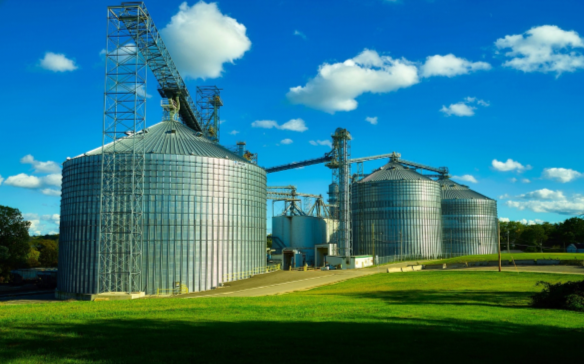
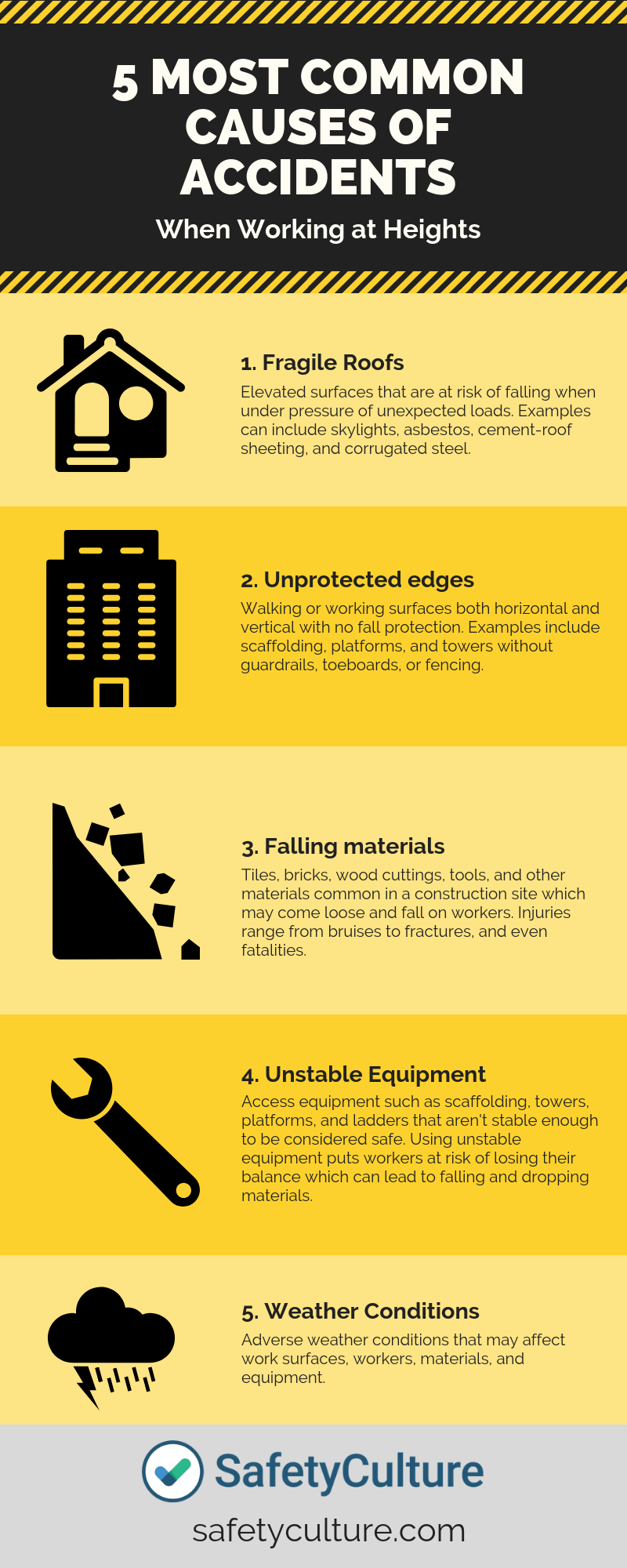
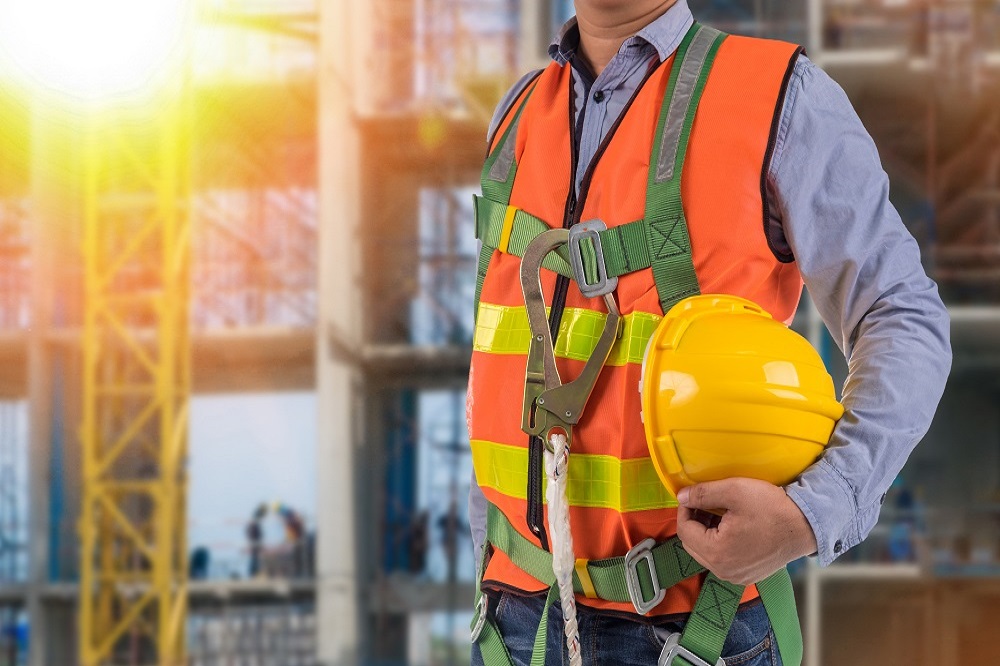
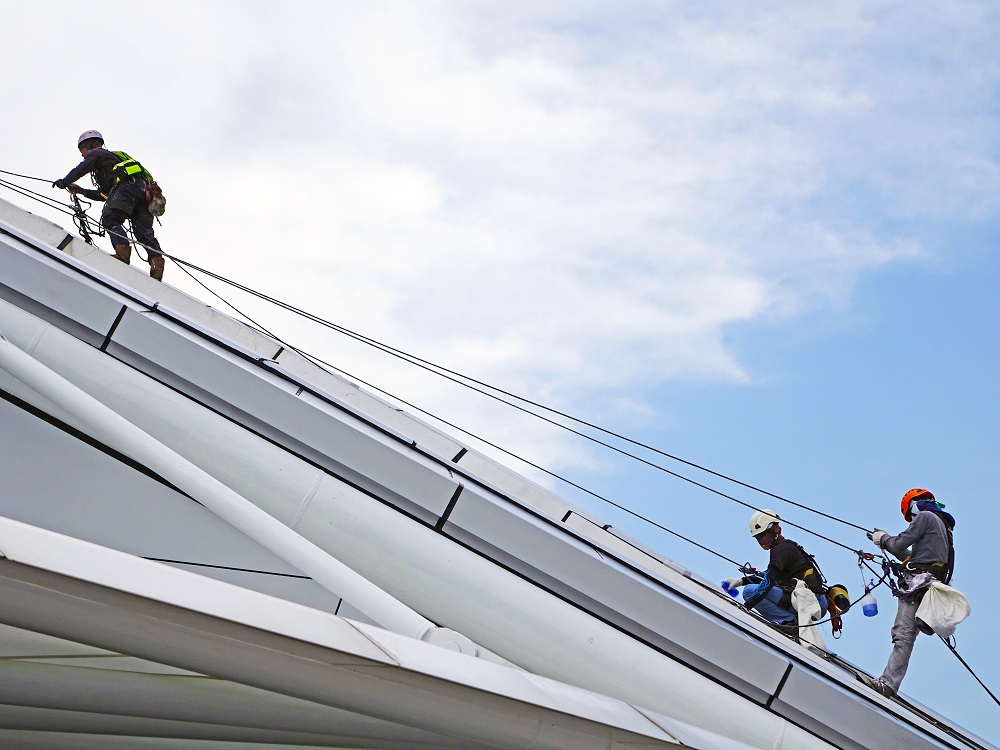
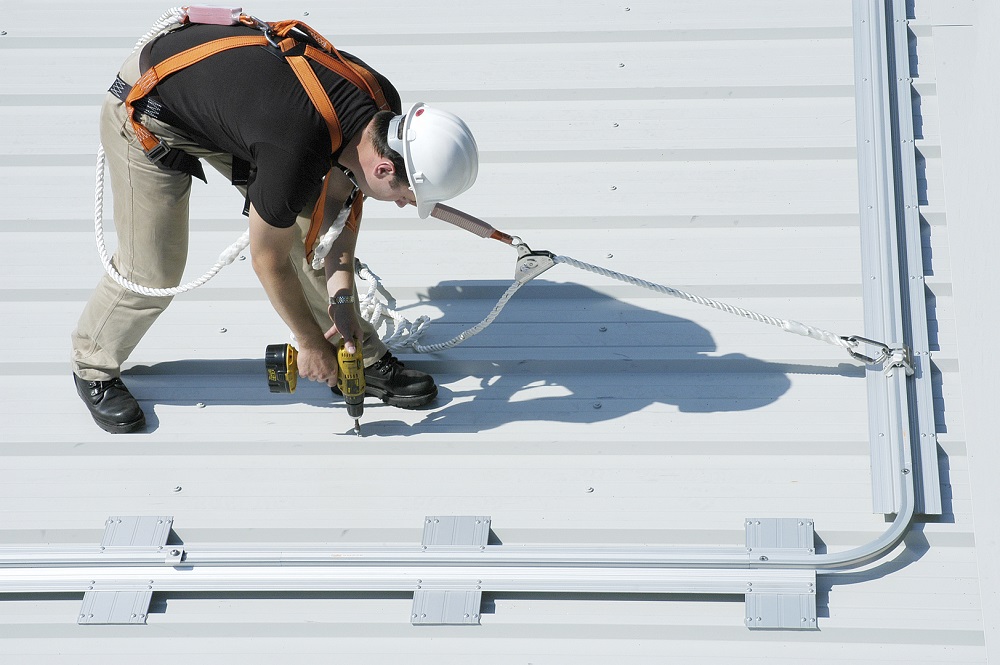
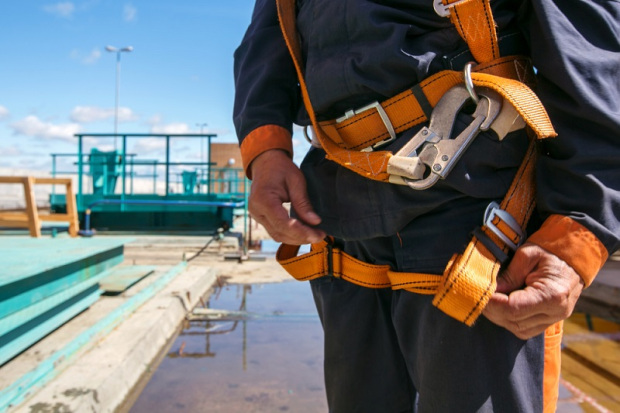
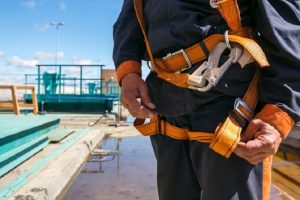 Simply providing the employees their monthly salary will not do. As an employer, you must take necessary steps to save them from any type of accident or injury. This is important from the point of workers’ safety and from the point of your business reputation as well. Worker’s law of your state is really strict and if any worker is injured while working, your business place may be shut down or you may have to give hefty amount as compensation. To avoid such circumstances, it is better to choose suitable height safety system. Workplace must be safe for working to ensure the well-being, health and safety of employees.
Simply providing the employees their monthly salary will not do. As an employer, you must take necessary steps to save them from any type of accident or injury. This is important from the point of workers’ safety and from the point of your business reputation as well. Worker’s law of your state is really strict and if any worker is injured while working, your business place may be shut down or you may have to give hefty amount as compensation. To avoid such circumstances, it is better to choose suitable height safety system. Workplace must be safe for working to ensure the well-being, health and safety of employees.